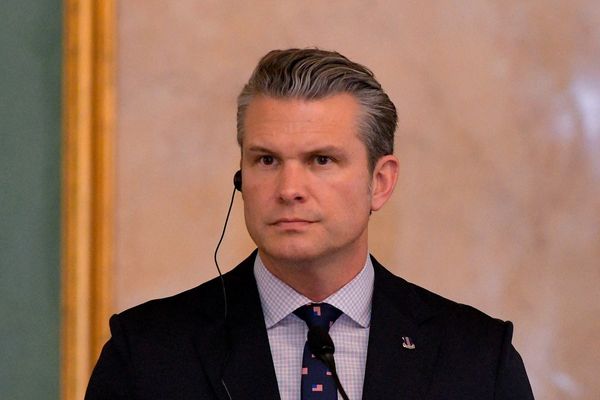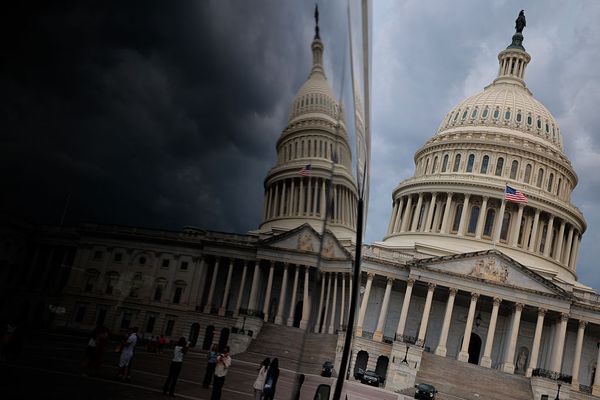
Hard-won progress on women’s access to healthcare, rights and employment is being put at risk from global conflict, cuts to aid spending, and a backlash against gender equality, according to a UN equality watchdog.
A woman’s chance of dying in pregnancy or childbirth is more than a third lower than it was 25 years ago, UN Women said in its annual report, while girls are more likely to complete school than ever before. It also found that rates of intimate partner violence were 2.5 times lower in countries that had introduced comprehensive measures on violence.
But 676 million women and girls lived within 30 miles (50km) of a deadly conflict event in 2024 – the highest number recorded since the 1990s. Women are also more likely than men to be affected by a global increase in food insecurity.
By 2050, under a worst-case climate scenario, up to 158.3 million more women and girls globally may live in extreme poverty (subsisting on less than $2.15 a day) as a result of climate change. Nearly half could be in sub-Saharan Africa.
“When systems are in place that really put women and girls at their heart, we see very concrete progress,” said Sarah Hendriks, director of UN Women’s policy division.
“But what the gender snapshot shows is that progress hasn’t been fast enough – there is both stagnation [and] regression,” she added.
The proportion of women and girls living in extreme poverty has hovered at 10% since 2020, the report found, and on current trends more than 351 million will remain in that status by 2030.
Hendriks contrasted $2.7tn (£2tn) of military spending annually with calculations in the report that it would cost $420bn a year to advance gender equality. “That’s a drop in the bucket,” she said.
A digital gender divide means 70% of men globally use the internet compared with 65% of women, but initiatives to address that could lift 30 million women and girls out of poverty by 2050, and generate a $1.5tn windfall in global GDP by 2030, the authors calculated.
The snapshot monitors progress on gender equality across the 17 sustainable development goals (SDGs) adopted in 2015.
The world is off track to meet SDG targets in 2030, but “a different path is still possible”, the report said.
Thirty years after the Beijing Declaration and Platform for Action set out a blueprint for gender equality, UN Women has asked governments to commit to renewed action at the UN general assembly in New York this month.
“We now have over 86 countries around the world who have submitted very ambitious commitments,” said Hendriks.
“It can seem very hopeless, but in actual fact, we can choose a world where millions more women do not remain trapped in poverty or sidelined from power or exposed to violence. We actually can choose a world where women’s rights are delivered at scale and that the returns of that are shared by all.”







